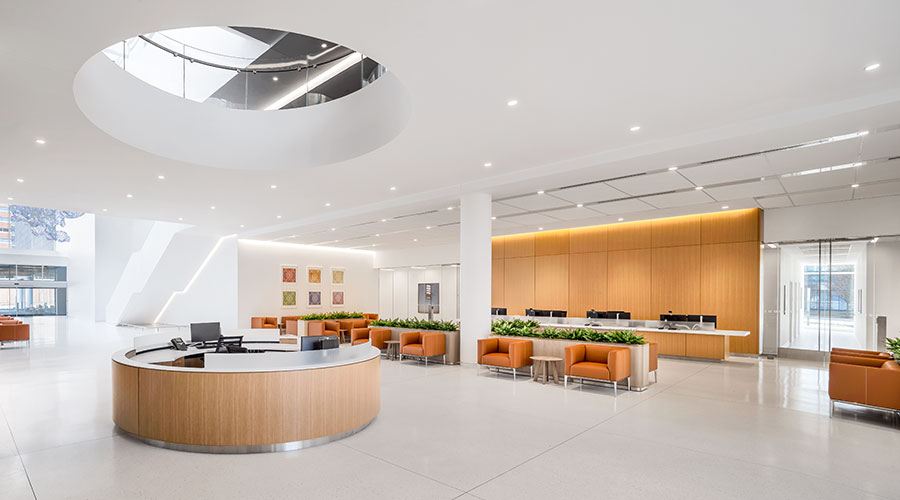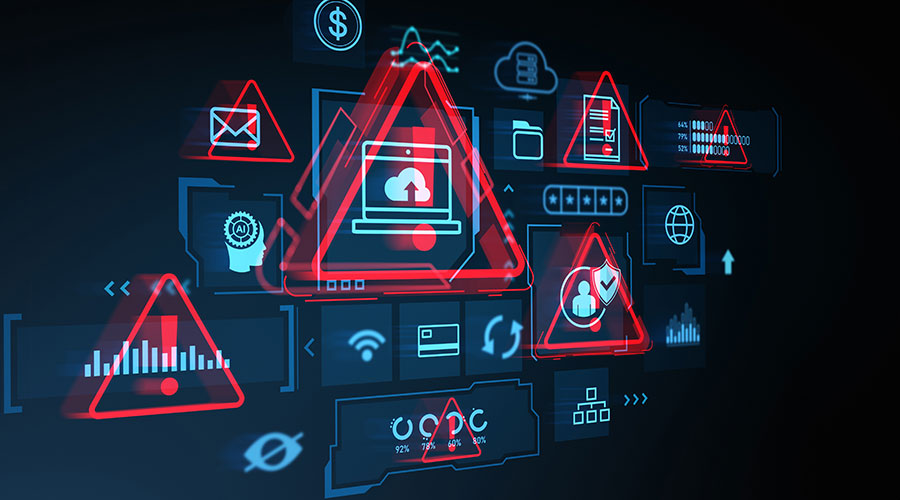Carpeting is one of the least expensive flooring options available, and can be found in many, if not most, healthcare buildings. While convenient to install, keeping carpets sanitary requires proper maintenance and preventative measures to minimize damage, clean effectively, and eliminate dirt and allergens from carpets as well as the air.
What many people don’t realize is that carpeting has a major hidden benefit – it acts as an indoor air filter, trapping dirt, allergens and bacteria in its fibers and thus preventing these elements from circulating in the air and making the air healthier and safer to breathe. In fact, it’s so effective that one square foot of carpet can trap as much as a pound of dirt and dust. That’s why it’s so important to implement a consistent cleaning regimen that combines regular vacuuming with periodic professional deep cleanings in order to keep facilities healthy.
Below are several tips on how to choose the best carpet for your facility and the most effective ways to maintain and clean them:
Carpet Selection 101
Carpet does an amazing job of trapping soils and preventing them from spreading into unwanted areas. By acting like a large filter, it keeps dust, other allergens and even airborne bacteria from spiraling around as people walk by. In wet areas or places where there are a lot of anticipated spills, hard surfaces are preferred. However, in hallways, meeting and waiting areas, and other high traffic or gathering places, carpet is best to not only make the area more comfortable but much healthier as well, as it can filter out the airborne dust and allergens that can trigger allergies and asthma and prevent the spread of bacteria and germs.
The majority of dirt brought in from outdoors gets trapped in the carpet after the first 30 feet from the entry way. According to a University of Arizona study, nine different types of pathogens or bacteria can thrive on shoes alone and can be entering a home or other indoor space. So placing walk-off mats at every entry point will drastically reduce the amount of soil, as well as allergens and bacteria being brought into the facility. Adding walk-off mats at every transition is also important. Carpet helps trap dirt and keeps it from spreading, while solid surfaces do not. Adding a walk-off mat at every transition space between the carpet and solid surface will help minimize the extent to which dirt and a whole host of unhealthy elements are being spread throughout the building.
With that said, the best type of carpet for a healthcare facility is a commercial grade, low-nap nylon carpet. It has great stain resistance, strong resiliency, a lower risk of spills wicking back to the surface and is easier to maintain than other types of carpet fibers.
Keeping carpets clean and healthy
At a minimum, carpets should be cleaned and sanitized every six months, and plenty of facilities do this quarterly if not monthly. All carpet should be on a regular maintenance schedule; however, heavy traffic areas (such as entryways and hallways) should be cleaned more often. As a rule of thumb, if you begin to see soil collecting in the traffic lanes, you’ve waited too long. The old adage, “An ounce of prevention is worth a pound of cure” holds true for carpet maintenance as well.
Extraction cleaning – processes that pull up and physically remove from the facility what comes up from the carpets, typically using hoses and extraction tanks – is best for carpets, as it is most effective for removing dirt, dust and bacteria. Use non-toxic cleaners, sanitizers and carpet-protecting products, and always plan the cleaning during the slowest part of the day to avoid as much inconvenience as possible. For safety purposes, be sure to use wet floor signs, especially near any transition areas. Use hose ramps or guards to help people using wheel chairs and crutches to safely step over any hoses or other equipment laying on the ground. Select a method that offers dry times within a few hours for both health and convenience reasons. Processes like traditional steam cleaning that use excessive amounts of water often take days for carpets to dry, which not only creates slip-fall hazards but also can wet through to the carpet backing and create a breeding ground for mold, mildew and bacteria.
Minimizing damage and extending carpet life
The most important maintenance step for carpet longevity is frequent cleaning. This involves three big steps:
-
Regular and thorough vacuuming. Use a commercial grade vacuum with an adjustable beater bar/brush and a micro filtration system. Good vacuums are well worth the investment. Depending on traffic levels, vacuuming should be done several times a week, especially in high traffic areas. Typically, bag-style vacuums work best and the bags should be disposed of when they are two-thirds full.
-
Professional extraction cleanings once a quarter for high traffic areas and every six months otherwise. Be sure to select a company that uses safe, non-toxic cleaning products and offers sanitizers and carpet protecting products as well. Dry times should be within a few hours at most to avoid mold and bacteria growth and to cut down on inconveniences for patients and residents.
-
Spot cleaning / Surface cleaning. Spots are bound to happen. The sooner you remove the spot, typically, the easier it is to remove. When spots occur, clean them up quickly using appropriate spotting products. Many cleaning companies offer regular spot cleaning services as part of an ongoing maintenance program. Spot cleaning can be a little tricky, so avoid any spotting products that have a lot of surfactants or soaps in them. These products are less healthy and can leave a dirt-attracting residue on the carpet that, over time, can make the spot worse and cause it to re-appear over and over.
Keeping your facility’s carpets clean keeps the area sterile, increases the life of your carpet and protects your investment. These helpful tips can also reduce allergens and bacteria to create a safer, healthier environment for your patients, residents and employees.
Jotham Hatch is the Director of Training at Chem-Dry, a carpet and upholstery cleaner.

 Should We Be Testing Toilet Water in Patient Restrooms?
Should We Be Testing Toilet Water in Patient Restrooms? Healthcare Union Petitions for Increased Staff Safety at HCA Florida Hospitals
Healthcare Union Petitions for Increased Staff Safety at HCA Florida Hospitals HGA Announces Completion of the Jeffrey and Patricia Cole Pavilion
HGA Announces Completion of the Jeffrey and Patricia Cole Pavilion Healthcare Facilities Look to Future-Proof Facilities
Healthcare Facilities Look to Future-Proof Facilities Yale New Haven Health Experiences Data Breach
Yale New Haven Health Experiences Data Breach